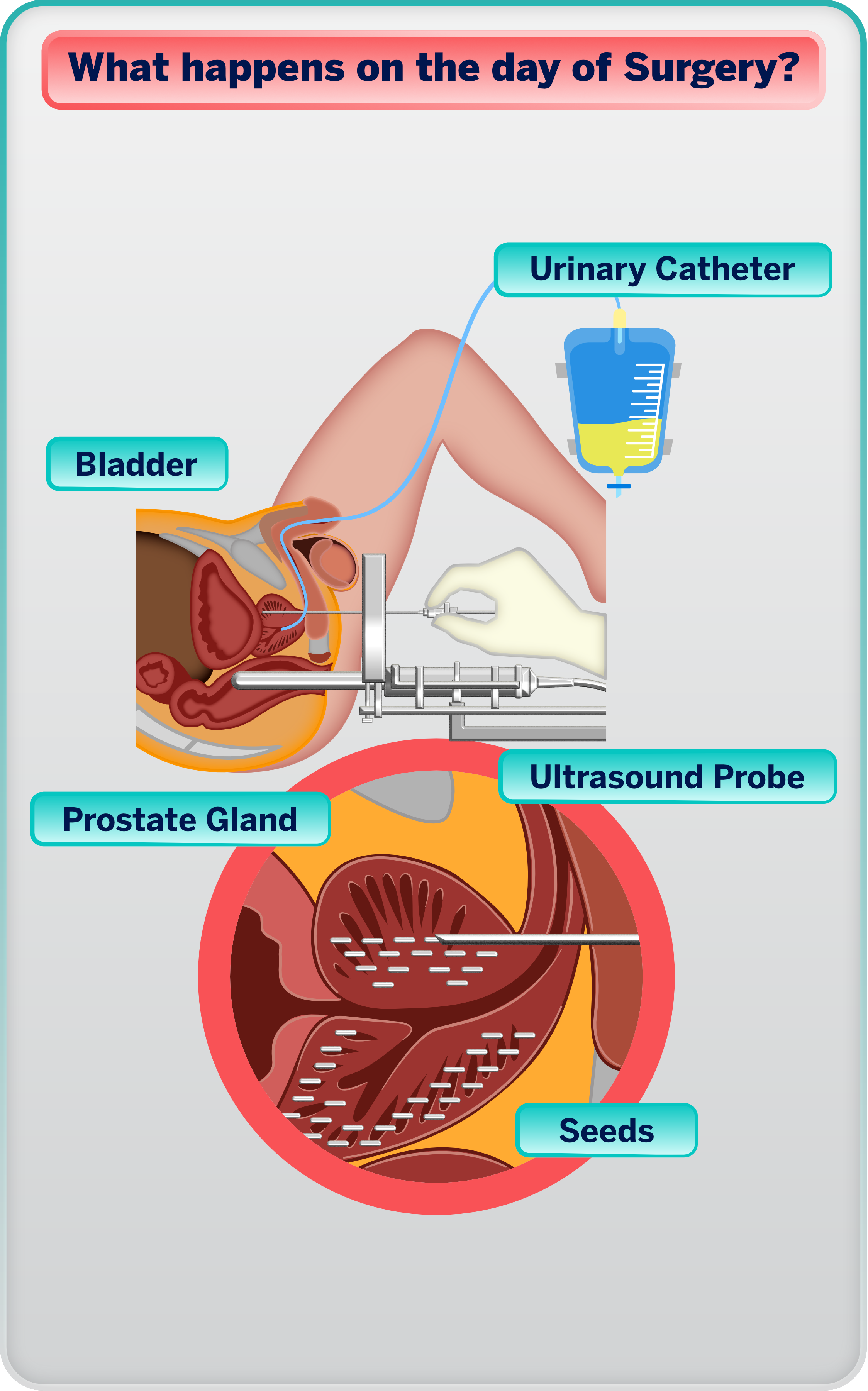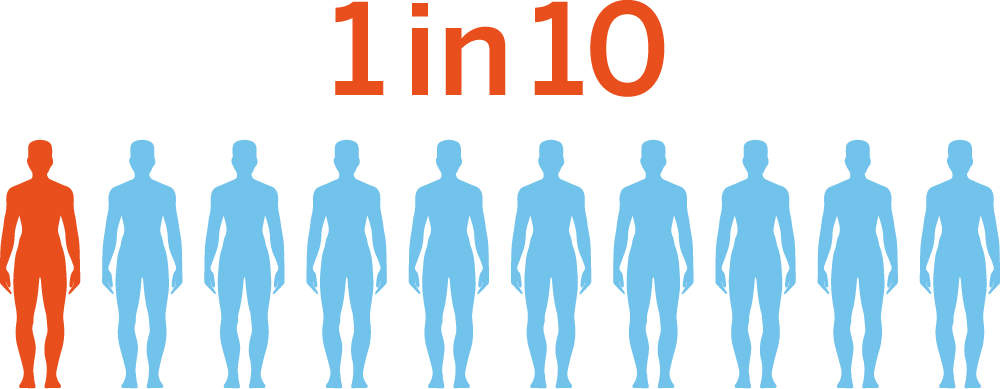Low Dose Rate Brachytherapy
A type of internal radiotherapy that involves implanting tiny seeds into the prostate.
Brachytherapy is a type of radiotherapy. It is given from inside of the body. There are two types of brachytherapy:

You can have brachytherapy if:

 If your prostate is too big, you may have to have a course of hormone therapy for three-to-six months before the seed implant. This will help to shrink your prostate.
If your prostate is too big, you may have to have a course of hormone therapy for three-to-six months before the seed implant. This will help to shrink your prostate.Each seed is 4–5mm in length and only 0.5mm thick. This is about the size of a grain of rice.

15–30 small, tube-like needles are put through the skin between your scrotum and anus (perineum).


Our services search tool will allow you to search for hospitals near you that offer low dose rate brachytherapy (the link will open in a new tab).




Enjoying activities such as walking or going out to the pub
75 out of 100
Ability to make good connections with others
44 out of 100
Ability to reach sexual arousal, either physically or emotionally
72 out of 100
Knowing who you are and what motivates you
33 out of 100
Feeling good and functioning well in your personal and professional life
56 out of 100
Ability to think clearly, make good decisions, and cope with your emotions
31 out of 100
Feeling of constant physical and/or mental tiredness or weakness
64 out of 100